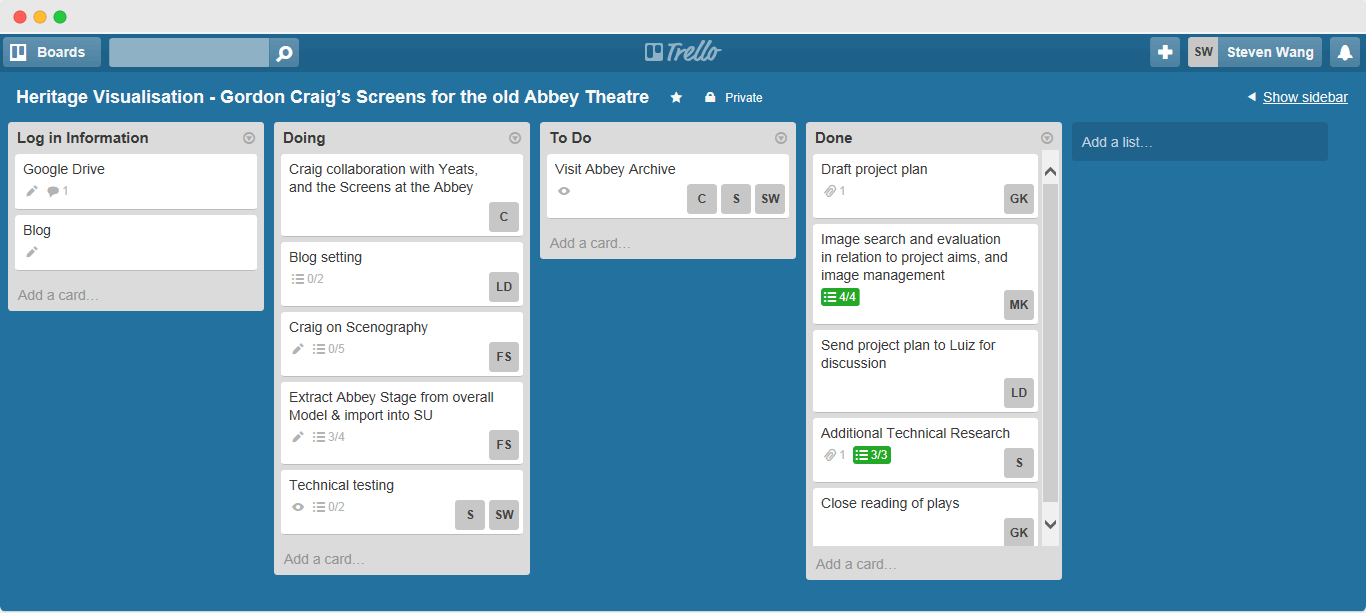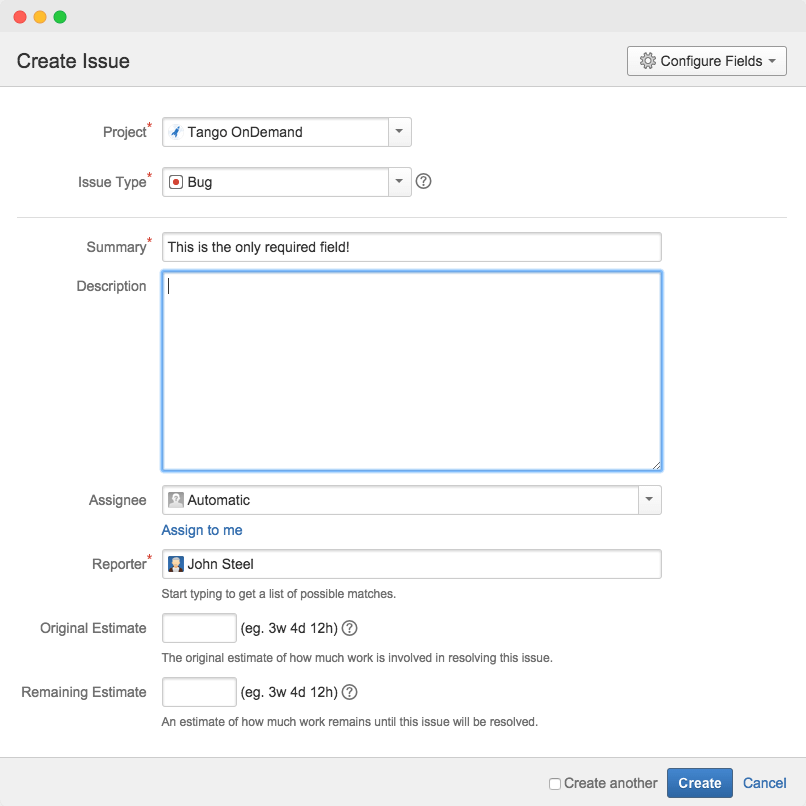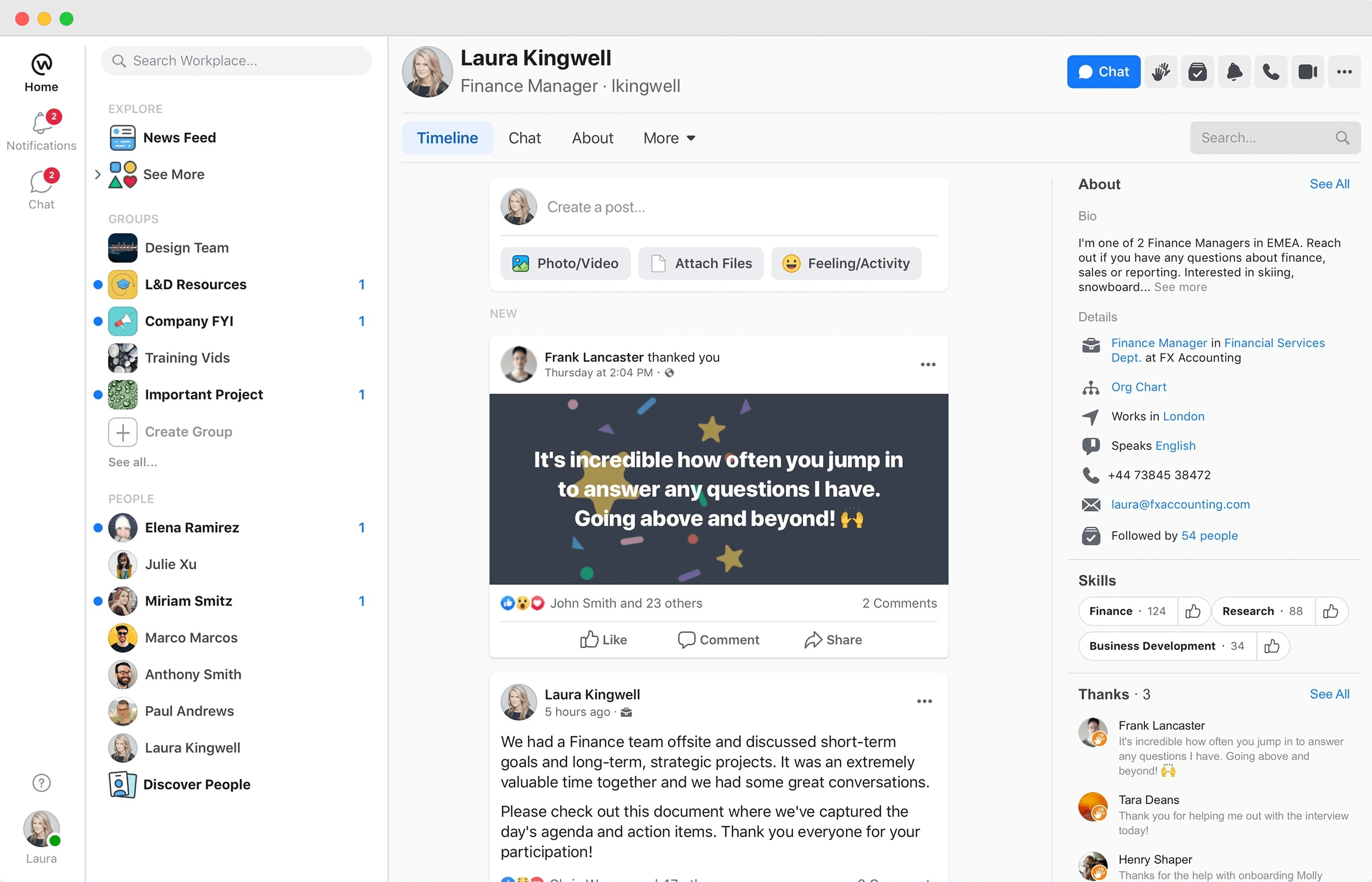- Challenges in managing remote projects
- How to manage remote developers: best practices
- Document and share information
- Define roles and responsibilities
- Establish performance metrics
- Provide clear feedback
- Remote project management tools and communication software
- 4 Effective remote project management tips from The APP Solutions
- How to manage a remote project effectively: the final word
In order to bake a cake, you need to do more than just mix all the ingredients together from the recipe, but also follow the cooking instructions. Processes mean a lot, especially in software development, when there are risks such as falling behind deadlines or missing a bug in the code.
At the same time, managing development processes becomes harder when the entire team works remotely. In the office environment, you can assign tasks and give feedback just by going to your colleague’s desk. Managing a remote team requires more effort to complete the same functions.
However, remote work is here to stay. Since March, The APP Solutions team has been working from home. Even though we can visit our office, the majority of us prefer to work remotely. We have seized the opportunities in working remotely to improve our project management approaches and make some changes in day-to-day project management.
In this article, you will find the main challenges of remote project management, approaches to facing them, and our tips on how to manage a remote team.
Challenges in managing remote projects
So, what discourages project managers from managing remote teams effectively? We can specify the following reasons:
- Lost information. Missing important information often happens during the feedback sessions when the team shows the work results or task assignment results. When communicating via video conferencing, one can easily be distracted from the conversation. Thus, without writing down all the tasks and critical points in the form of a summary, all participants may quickly forget what they have discussed.
- Unclear responsibilities. The development of an app or website requires at least five team members with different roles. However, these roles may be very similar in some cases. For example, a sales manager may duplicate reports to the client about the team’s progress, despite the project manager already sending it. Such situations not only cause misunderstanding but also waste the team’s time and effort.
- Unrealistic expectations. Promising something, especially to the client, is a great responsibility. At the same time, low output and deliverables that do not meet expectations can become a big problem. The leading cause of unrealistic expectations is a lack of experience in implementing something and the inability to consider risks and strengths.
- Poor communication. If you can’t communicate your idea, don’t expect great results. Even such a simple thing as giving feedback may be challenging while working remotely. Weak feedback also includes using abstract concepts, such as “this shade of gray makes me sad; try something more optimistic.” This information means nothing to the development team, rather, it only says that you don’t like the result and can’t suggest relevant improvements.
Now, let’s see how you can face all these challenges.

How to manage remote developers: best practices
Below we gather handy practices for facing challenges in managing projects remotely.
Document and share information
When we have an upcoming project and initiate the Inception phase, our project managers create a project charter. This document includes brief information about the project, such as the project’s business purpose, key stakeholders, key milestones, the budget, and other details.
Then, the project manager creates a separate feed in Jira, our task management software, and attaches related documents. In such a way, all team members can access it and learn about the overall project objectives and requirements.
Define roles and responsibilities
We classify and determine ownership at the Discovery phase, the very beginning of our software development life cycle. We write down all roles and responsibilities of team members in the project specification.
To achieve more visibility about one’s role, a remote project manager creates a mind map with areas of responsibility and an overall project development process.
In this way, we avoid unnecessary and costly duplication of tasks and promote and build a collaborative atmosphere.
Establish performance metrics
Once each team member knows their responsibilities, it is time to establish performance metrics. We plan the performance metrics by breaking the project scope into features and schedule their implementation for a two-week timeframe, named the ‘iteration’.
Once the new iteration starts, the project manager and team communicate about current tasks, discuss possible obstacles, and agree on the iteration deliverables.
Related reading: HOW TO HANDLE DEADLINES IN SOFTWARE DEVELOPMENT
Provide clear feedback
For effective management of remote teams, all team members and stakeholders must share honest, transparent, and timely feedback.
It is also a good practice to arrange a retrospective meeting where the team can share their insights and concerns.
For example, our team arranges retrospectives each month to voice our concerns and address them before they become an issue. Retrospectives also work great to receive insights on how to improve workflow and communication methods.
Remote project management tools and communication software
For achieving effective project management for remote teams, we use the following software:
- Trello

[Trello screen example]
Trello works best when the team needs to plan tasks at the beginning of each iteration. This tool allows for creating a task implementation pipeline. It usually includes three tables that define the task’s progress. They are “Backlog,” “In progress,” and “Done.” In the backlog, the project manager assigns tasks to different team departments, sets the project delivery date, and attaches relevant documents.
- Atlassian Jira

[Jira screen example]
Atlassian Jira is the project management software of choice for many development teams. We find it handy for assigning tasks, storing project-related documents, and tracking on-time delivery of assigned tasks.
- Workplace

[Workplace screen example]
We use Workplace as the primary communication tool among teams and across the company. In Workplace, we create separate groups for each project, invite team members, write weekly plans and daily updates, send links and documents.

4 Effective remote project management tips from The APP Solutions
Below, we share our tips on how to implement effective remote IT management.
Tip #1 Be where your customers are
As we said, we use the Workspace to communicate inside the team. However, for managing projects remotely, we also leverage other communication tools and messengers, familiar to our customers. For example, the majority of our clients from the U.S. prefer using Slack. This communication platform also allows exchanging messengers in real tiles, creating topic-specific groups, and sharing files and links.
At the same time, customers from Europe, mainly from Germany, more frequently use Telegram. The main reason for their choice is because Telegram is known for its high-level security.
Tip #2 Report daily and weekly
Daily team meetings are an integral part of Scrum, a project management methodology we apply. During the meeting, the development team talks about the tasks completed yearly, assignments they will finish today, and functions to implement tomorrow.
When we worked at the office, we ran regular team meetings and reported our progress to customers every week.
While working from home, we adopted effective daily remote team meetings. During such sessions, the team reports on small tasks to our customers each day. In such a way, our customers can be assured that project implementation is going as planned.
At the end of each week, we also send weekly reports to see a bigger picture of the development process and plan the project budget.
Tip #3 Improve transparency across PM team members
The project manager plays a vital role in the software development process. However, project managers can get sick, go on vacations, or join another team.
As a result, the new project manager needs to spend some time sorting out project details, reading the technical specifications, and communicating with the team.
To reduce the time of new project managers onboarding, we implemented our project management team’s daily video conferences.
During such conferences, PM team members share the development team’s progress, potential bottlenecks, new information, and feedback from clients. Thus, all project managers are informed about the progress status on all projects and can replace a colleague at any time.
Tip #4 Leverage existing technology expertise
Most software development companies from all over the world are working from home. As a result, business owners are no longer afraid to hire remote developers overseas. Although the quality of the work of developers from the U.S. and Ukraine is similar, hourly rates vary 3-4 times. Developers from the U.S. charge from $100 to $250 per hour, while the hourly rates of Ukrainian developers will cost you from $50 to $90.
In the past 4 months, we started to receive more project requests, and the number of customers who want to hire us for the development of a project’s technical documentation has also increased.
As a result, we have faced the need to perform more – create more technical project specifications, estimate more features, and suggest technical solutions while meeting deadlines.
Thanks to our core tech expertise, we can re-use existing project estimations and shorten the time required for a developer to estimate the app or website.
In such a way, we can dedicate more time to the projects’ business elements, like generating unique sales propositions (UCP) and conducting more in-depth market research.
How to manage a remote project effectively: the final word
Adapting to change is not always easy. However, changes, such as working remotely, can improve existing project management approaches and build streamlined communication across all your departments.
If you are looking for project management for remote teams, or need development to estimate your project’s budget, we are here to help.
What solutions can we offer?
Find Out More
